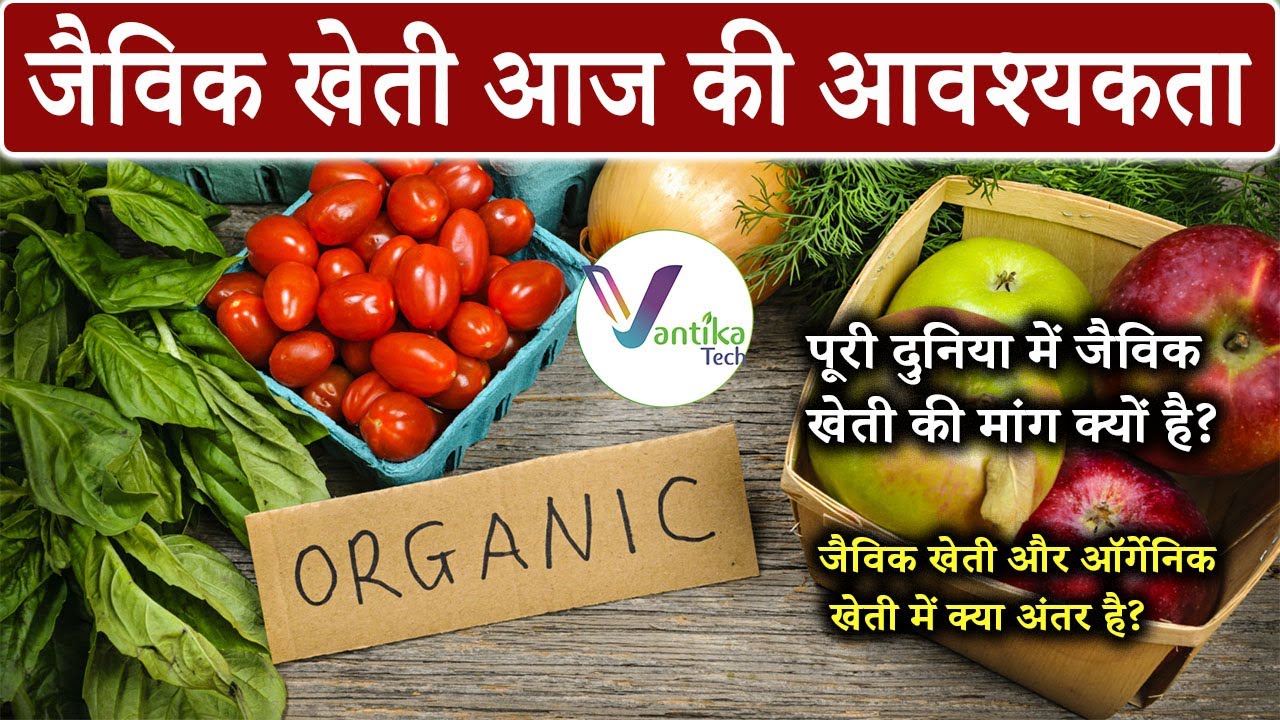Cotton, a cash crop of significant economic importance, requires proper fertilizer and nutrient management to achieve optimal yield and quality. In this blog, we will delve into the importance of fertilizer and nutrient management strategies and explore their effects on the growth, development, and overall performance of cotton crops. By understanding the specific nutrient requirements, employing appropriate application methods, and adopting sustainable practices, farmers can maximize crop productivity and promote environmental stewardship.
Understanding Fertilizer Requirements:
a. Nutrient Analysis: Conducting regular soil tests to determine the nutrient composition and deficiencies is essential for formulating an effective fertilizer management plan. This analysis helps identify nutrient imbalances and tailor fertilizer applications accordingly.
b. Macronutrients: Cotton crops require essential macronutrients, including nitrogen (N), phosphorus (P), and potassium (K), for healthy growth. Understanding the appropriate ratios and timings for applying these nutrients is crucial to meet crop demands at different growth stages.
c. Micronutrients: Adequate levels of micronutrients, such as iron (Fe), manganese (Mn), zinc (Zn), copper (Cu), and boron (B), are necessary for proper cotton growth. Identifying micronutrient deficiencies and implementing corrective measures is crucial for overall crop health.
Fertilizer Application Methods:
a. Soil Application: Applying fertilizers directly to the soil through broadcast or banding methods ensures even distribution and nutrient availability to the cotton plant's root zone. Factors such as soil type, organic matter content, and irrigation practices influence the choice of application method.
b. Foliar Application: Supplemental foliar fertilization can be employed to address immediate nutrient deficiencies or to enhance nutrient uptake during critical growth stages. Foliar sprays are particularly useful when rapid nutrient correction is required.
Integrated Nutrient Management:
a. Organic Matter Incorporation: Incorporating organic matter, such as crop residues, compost, or manure, into the soil improves nutrient retention, enhances soil structure, and promotes microbial activity. This practice enriches soil fertility, providing a sustainable source of nutrients for cotton crops.
b. Crop Residue Management: Proper management of crop residues, including practices like residue incorporation or mulching, can contribute to nutrient recycling and reduce nutrient losses, ultimately improving soil health and fertility.
Timing and Split Application:
Dividing fertilizer applications into multiple stages based on crop growth and nutrient requirements allows for better nutrient uptake and minimizes nutrient losses. This approach ensures that the crop receives nutrients at critical growth phases, such as planting, early growth, flowering, and boll development.
Precision Agriculture and Technology:
Utilizing advanced technologies like remote sensing, soil moisture sensors, and crop modeling can aid in optimizing fertilizer application rates and timings. Precision agriculture techniques enable farmers to apply nutrients more precisely, reducing excess usage and minimizing environmental impacts while maximizing crop nutrient use efficiency.
Monitoring and Evaluation:
Regular monitoring of crop health, soil nutrient levels, and plant tissue analysis helps assess the effectiveness of nutrient management strategies. By analyzing data and observing plant responses, farmers can make informed decisions, adjust nutrient applications as needed, and optimize fertilizer use for subsequent crop cycles.
Conclusion:
Implementing effective fertilizer and nutrient management strategies is vital for maximizing cotton crop productivity, quality, and sustainability. By understanding the specific nutrient requirements, employing appropriate application methods, integrating organic matter, adopting precision agriculture technologies, and monitoring crop responses, farmers can optimize nutrient uptake, minimize environmental impacts, and achieve sustainable cotton cultivation. Continued research and adaptation of best practices will further enhance nutrient management strategies, leading to improved profitability and environmental stewardship in cotton farming.
Thanks for visiting us.
#CottonCrop #FertilizerManagement #NutrientManagement #CropNutrition #PrecisionAgriculture #SoilHealth #SustainableFarming #CropProductivity #EnvironmentalStewardship








No comments:
Post a Comment